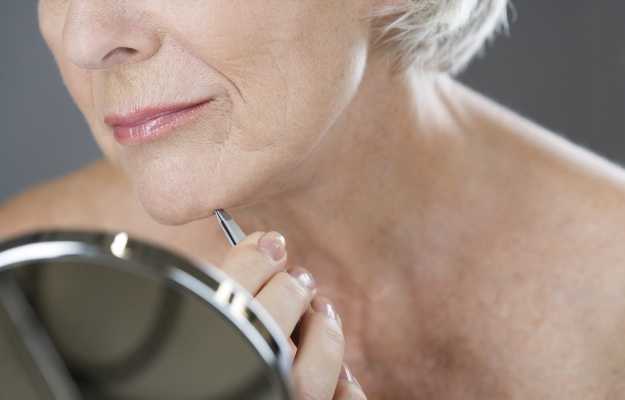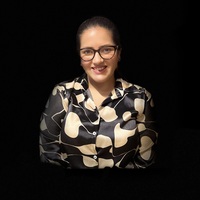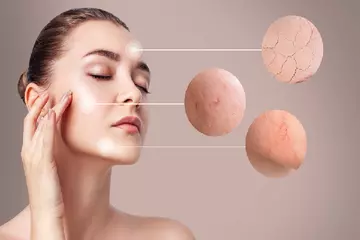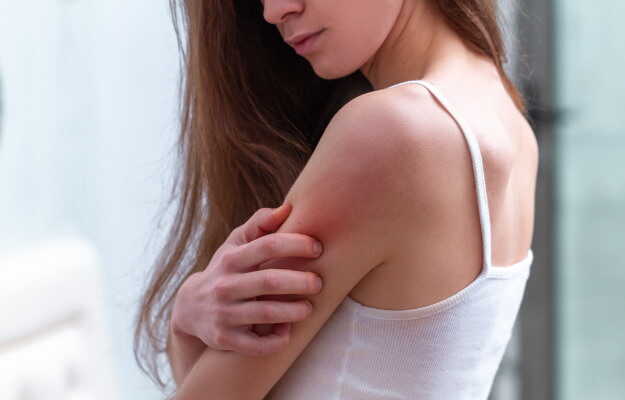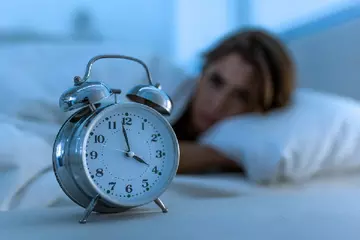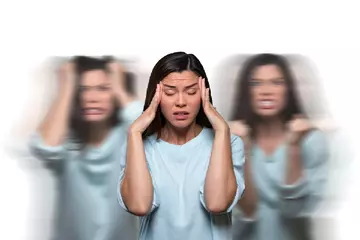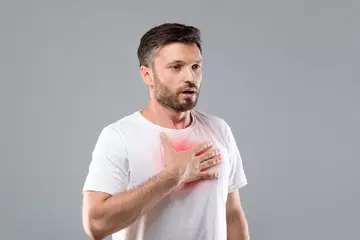Having facial hair is, of course, normal for women: just like men, our bodies have hair follicles all over the skin. However, different women can have different hair growth: while some may have fine and sparse hair, others may have more. Hair growth pattern can also vary depending upon your family history.
While excess facial hair does not cause any harm, it may instil a sense of self-consciousness in some women. In some of the cases, this excessive hair growth can even be a sign of underlying health conditions.
Hirsutism is a medical term used to define excessive hair growth on a woman’s body and face. This condition affects around 5-10% of women in the world during their reproductive age. Usually, the texture of hair in women is very fine and light in colour. However, a woman with hirsutism would present with thick, dark and coarse hair on the chin, sideburns, chest, around the nipples, tummy, upper and lower back, buttocks and/or upper inner thighs.
While some women accept their excessive facial hair growth, others may wish to get rid of the excess. Here in this article, we will tell you about the reasons for excessive facial hair in women and some ways that can help these women get rid of their unwanted hair.

 Doctors for Excessive facial hair in women
Doctors for Excessive facial hair in women  OTC Medicines for Excessive facial hair in women
OTC Medicines for Excessive facial hair in women

